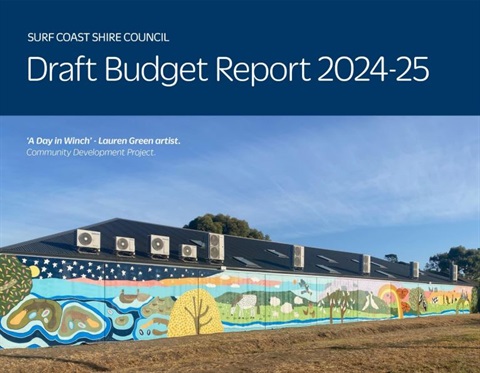Winter is coming and a cold change has swept across the Hobart property market.
What was once a nicely heated Hobart hub has gone off the boil, as expected, says RiskWise Property Research CEO Doron Peleg, with CoreLogic figures showing a 0.9 per cent slide of dwelling prices last month. Houses fell 1.2%, while unit growth was only 0.3% in March.”Our analysis in July last year showed the state’s booming housing market was heading for a slow deceleration and now this market slowdown has finally come to fruition,” Mr Peleg said.”We warned the excitement around Tasmania, and particularly Hobart, would be short-lived and now the risks are being realised, at least in the state’s capital.”
The Real Estate Institute of Tasmania has also detailed the end of the state’s boom blaming a shortage of properties and retreating investors.
Its March 2019 Quarterly Report showed sales numbers had decreased for the third consecutive quarter and median prices retracted for the first time in several years, with 8.6 per cent fewer property transactions than in 2018, and an 18 per cent increase in the number of properties advertised for sale.
REIT president Tony Collidge told The Real Estate Conversation, “It appears that finally, the bang has gone from the boom. We are transitioning to a more normal market with much of the heat gone out of it. Whilst stock levels are starting to slowly increase there still remains a shortage of properties in most areas.”
Mr Peleg said while, especially since 2017, significant improvement to employment conditions, low supply of dwellings, low median prices, a tighter rental market and strong rental returns saw Hobart deliver solid capital growth, particularly for houses with good access to the CBD, the state remained less affordable than five of the states and territories (in price-to-income ratio).
He said other factors also presented a less favourable picture and impacted the property market. These include the economic growth of Tasmania, which was ranked fifth in Australia, having the lowest median weekly wage, low annual wage growth of 2.6 per cent and unemployment at 6.3 per cent, the second highest in Australia.
“In Hobart, a significant increase in dwelling prices in recent years, less affordable housing, decelerated price growth, fewer people turning up to open home inspections and fewer inquiries on listings, has impacted dwelling prices. Houses became further out of reach due to Hobart’s low median household income, a higher price-to-income ratio, with the annual median income of only $57,200 per household, the lowest in Australia,” he said.
“Of course, less affordability means less demand, which affects price growth. Price growth is projected to significantly decelerate in 2019 and further into 2020, with some areas likely to deliver very low or negative capital growth.
While units also delivered solid capital growth in recent years, unit prices have shown decelerated growth with a modest 0.3% in March. Units also carry a higher level of risk in the medium to long term due to the increased level of properties in the pipeline, with off-the-plan units carrying a significantly higher level of risk.
Furthermore, the unit-to-house price ratio in Tasmania remains high.
“Our research shows that, statistically, if the unit-to-house ratio exceeds 65 per cent it makes houses a much better investment option for buyers with significantly higher capital growth. Conversely, if it falls below 45 per cent, units are preferred. In Greater Hobart, the median unit price is $400,000, while the median house price is $500,000, placing the unit-to-house ratio at 80 per cent,” he said.
“Also, houses enjoy far stronger demand from owner-occupiers and are held for a longer period of time, particularly in Hobart, where the average is 10.1 years, as opposed to units that are held for an average of 9.0 years.
“As the unit market is mainly driven by investors, of which intra-state buyers make up a relatively high proportion, if there are better opportunities on the mainland this will have a significant impact on the market.
“It should also be remembered that investors can amplify or weaken market activity and there are better options for them on the mainland in areas where population is strong and there is easy access to employment hubs and/or the CBD.
“Tasmania is an extremely small market which means it is much more exposed to external events that reduce intra-state investors demand for housing.”
/Public Release. View in full here.








